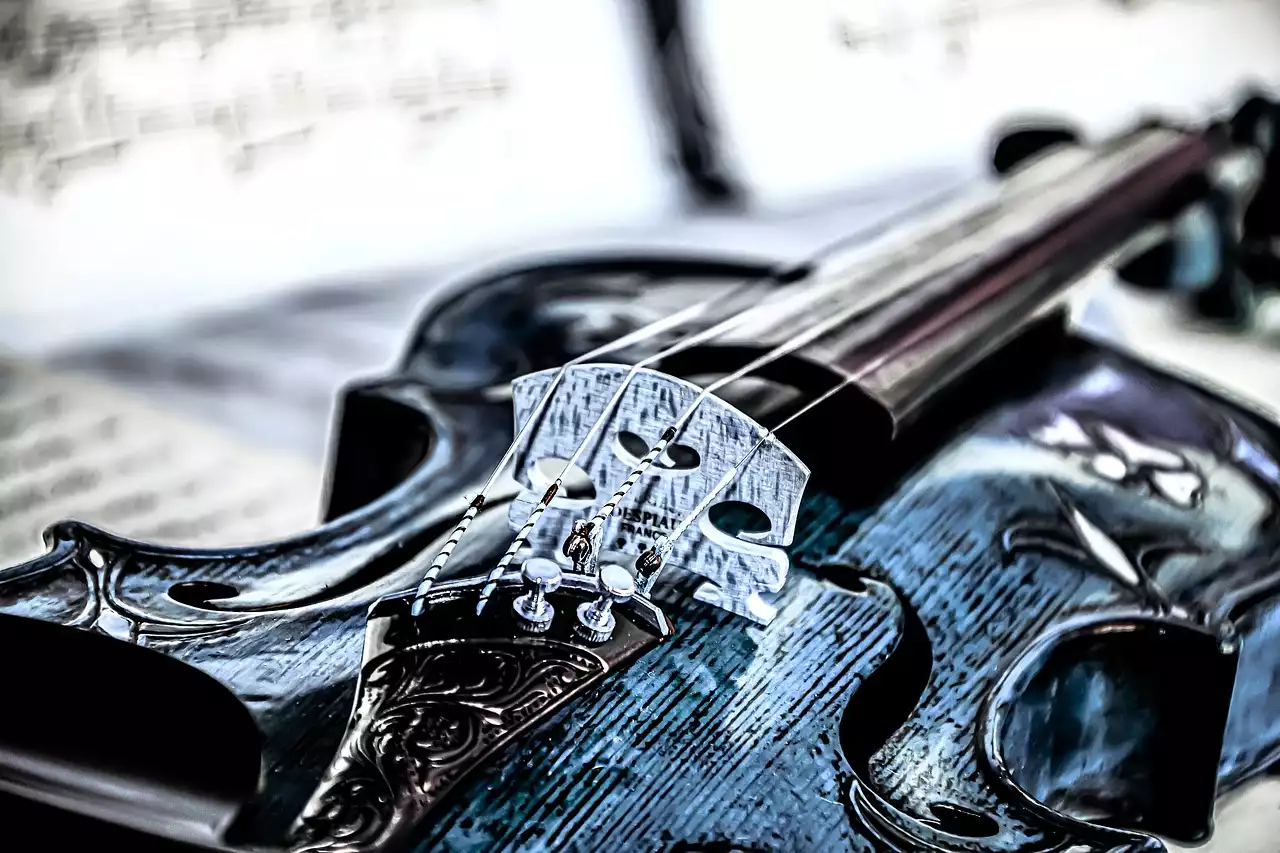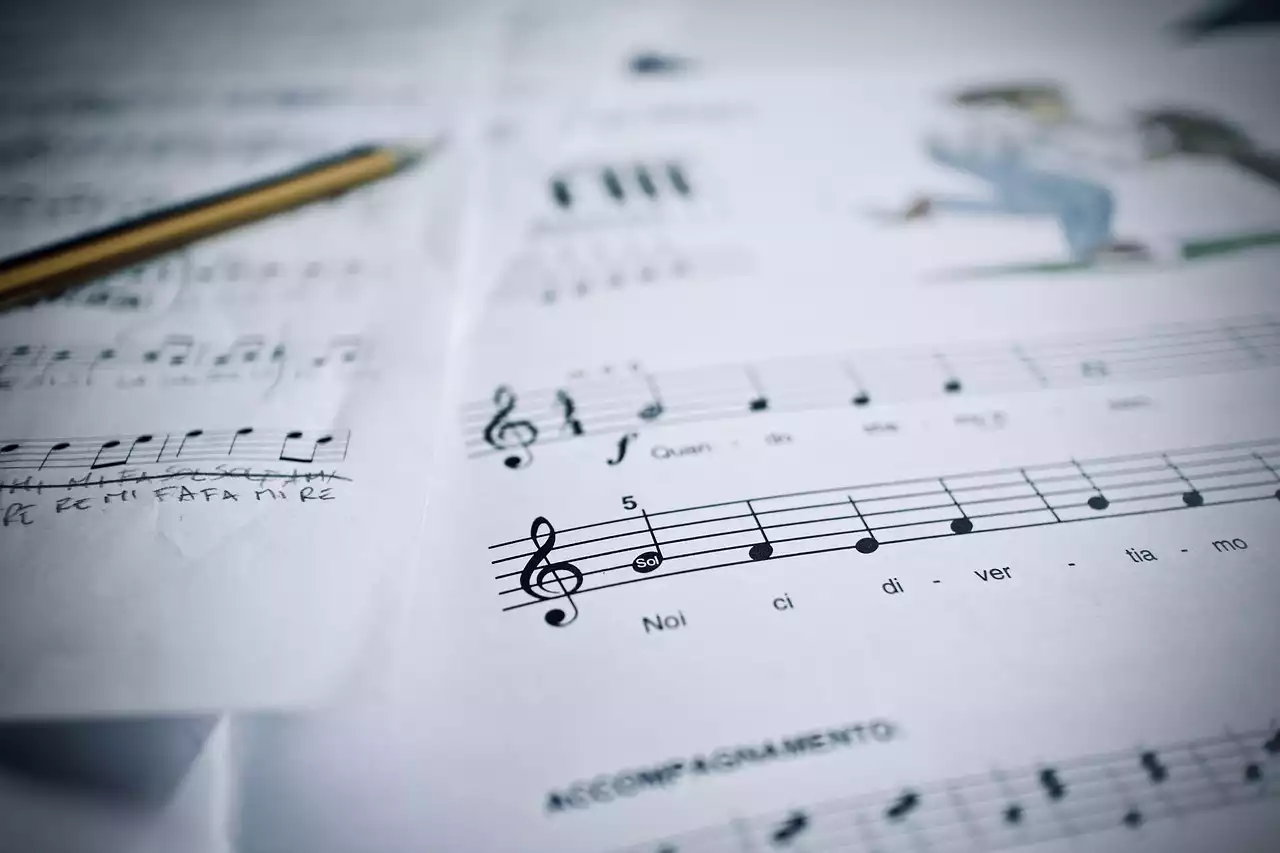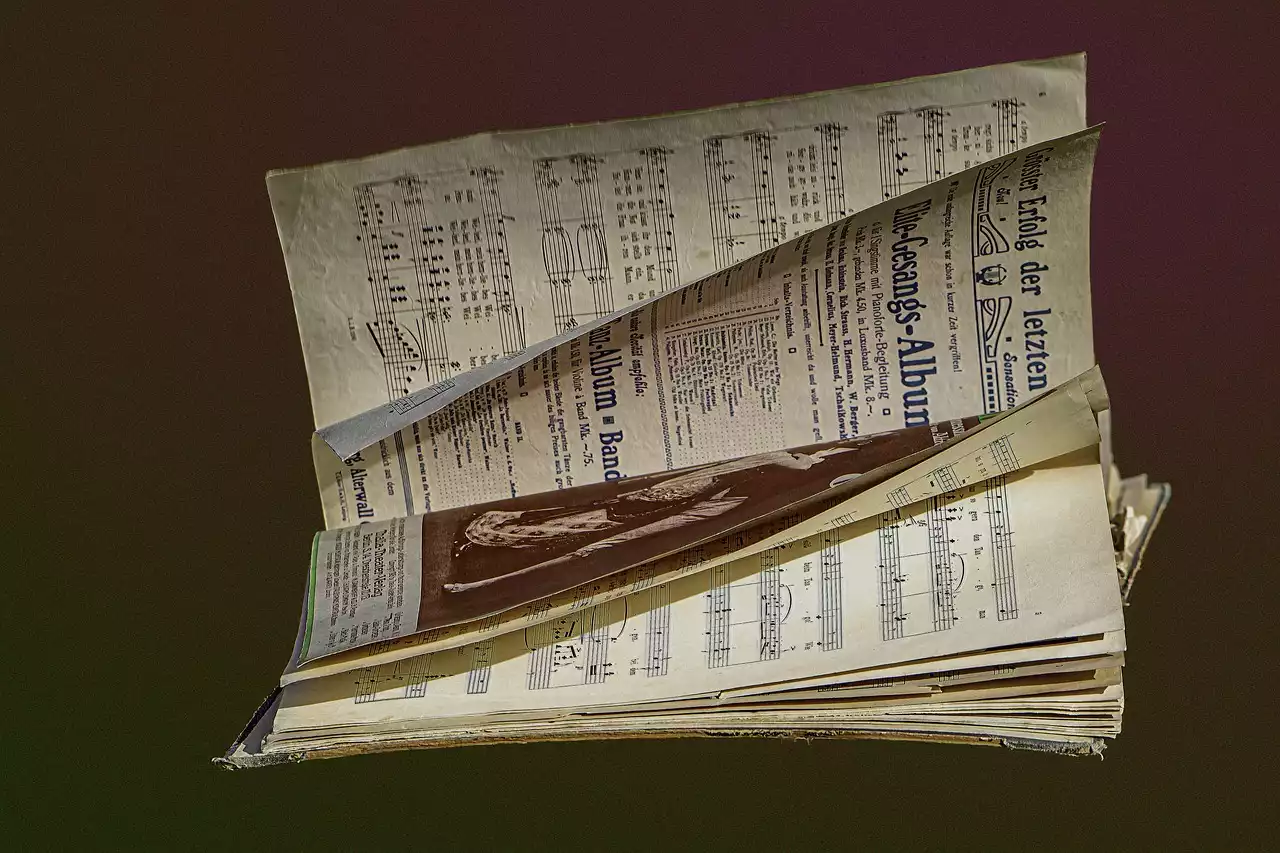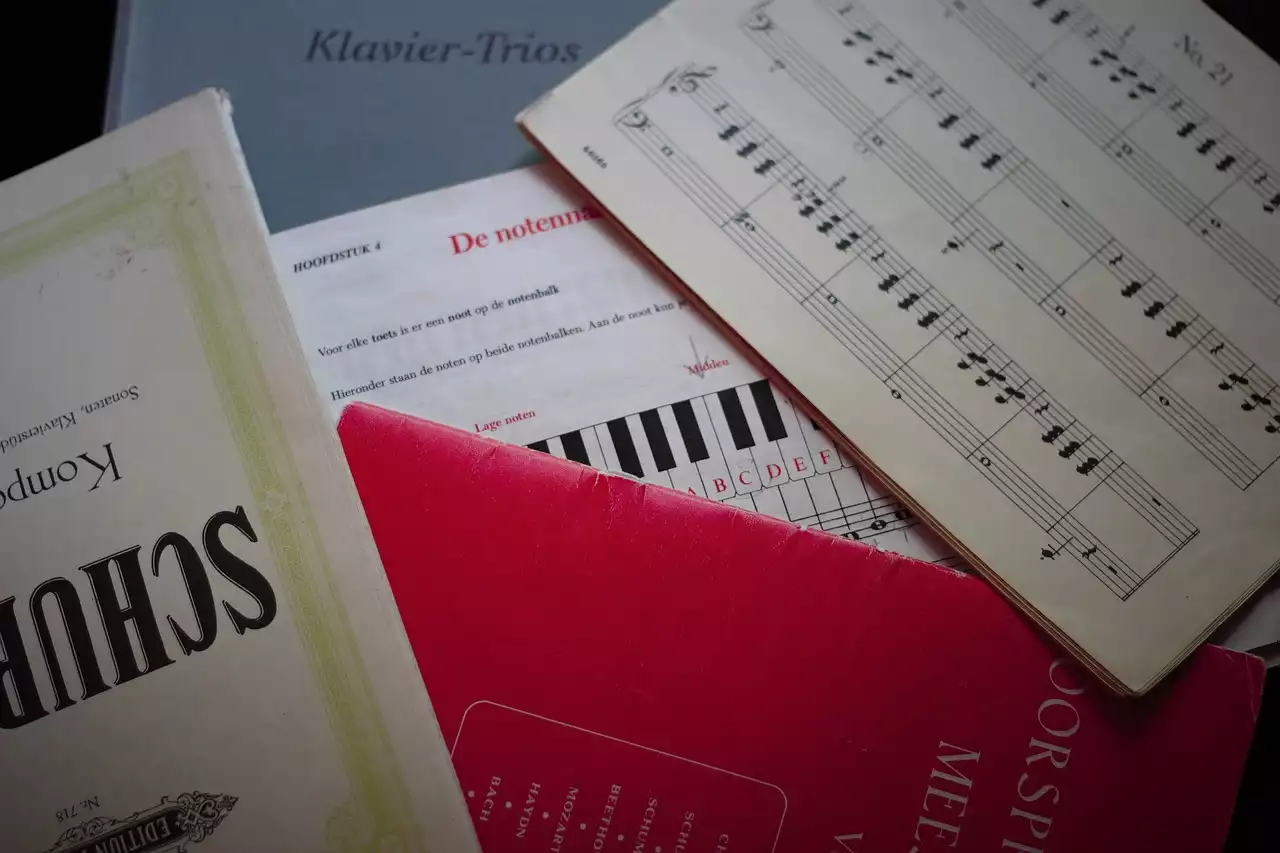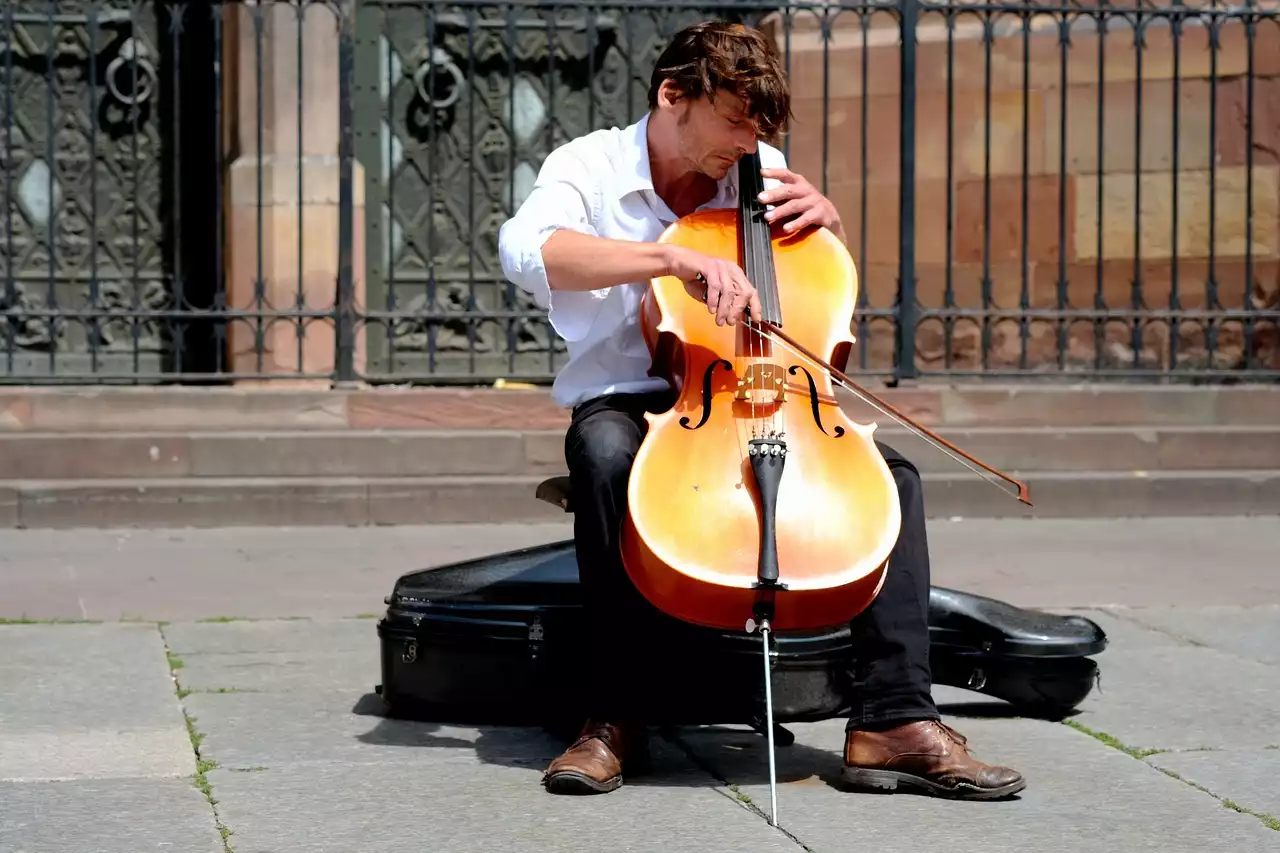Overview of orchestration
First, you assemble a composition, which is the unadulterated musical idea (instrumentation, pitch, and rhythm). Then, you arrange the composition for a different ensemble. If a piano piece is arranged for strings, it will sound different. The arrangement of instruments and voices can create new timbres and textures, which can add excitement to a piece. The process of orchestration can be thought of as the process of arranging and combining instruments and voices, to produce a desired musical result. In the arranging stage, you will select the instruments you want to use and decide how they will interact with one another. You will consider the instrument’s timbre, which is the sound of an instrument, how loud it is, and how it feels in the air. You will also consider the instrument’s tuning, meaning, how high or low it is on the piano, or on the guitar. You will also want to consider the instrument’s resonance, which is how much it resonates in the air, giving it a different sound.
The process of orchestration
Once you have selected your instruments, you will need to decide how they will be arranged. You will have a big piece of music, which is an arrangement of your composition, already arranged for a specific ensemble. Orchestration often involves taking one piece of music, such as a song or a symphony, and arranging it for a larger ensemble.
Benefits of orchestration
- Orchestration can add drama, excitement, and power to a piece of music.
- Orchestration can create different timbres and textures and can create a new soundscape, completely outside of the original composition.
- Orchestration can be used to create a variety of musical styles, from classical to pop, and from jazz to electronic music.
- Orchestration can be used to create a wide range of emotional effects, from sorrow to happiness.
- Orchestration can be used to create a signature sound so that the audience will recognise your band or choir.
- Orchestration can be used to add subtle variations so that it does not sound the same every time.
- Orchestration can be used to add complexity to a piece of music so that it does not sound simple and repetitive.
Different types of orchestration
- Instrumentation - The use of instruments, such as strings, woodwinds, brass, and percussion.
- Micro-instrumentation - A technique that uses only one or two instruments, played at the same time, but in different octaves, or with a different timbre.
- Accompaniment - The use of a single instrument, with additional sounds, such as bongo drums, or orchestral bells.
- Chromatic orchestration - A technique that uses a chromatic scale, which goes from one note to another, creating a wide range of timbres.
- Intermedial orchestration - A technique that uses two or more musical instruments, at different pitches or with a different timbre, in order to create a new sound.
- Mixed orchestration - A technique that uses one or more of the above types of orchestration, or even a combination of them.
Technical orchestration
In order to create an orchestration, an orchestrator needs to know the technical aspects of music. This includes the note names, the octave, the timbre, the tuning, dynamics, and the harmony. In order to arrange an orchestra for a piece of music, you will need to know its technical characteristics, such as instrumentation, timbre, tuning, or the dynamics they are capable of playing.
Examples of orchestration
A great orchestration example is the piece “Crystals” by Johann Johannsson. It uses an electric bass, an acoustic guitar, a piano, and an ensemble of strings. The timbres of each instrument are completely different, creating a new soundscape entirely outside of the original composition. Another great orchestration example is the piece “Fantasies” by Arvo Part. It uses a digital piano, a string quartet, an orchestra, and a choir. It creates a wide range of emotions, from sorrow to happiness.
Tools for orchestration
- Orchestration software - Orchestration software is a great tool for orchestrators because it helps them arrange and combine instruments. This can be done in real-time so that the orchestration is playing as you create it.
- Sheet music - Sheet music can be used as a pencil and paper for orchestrators. They can use it as a guide while they create the arrangement.
- Recording software - Recording software is often used by orchestrators as a way of capturing their performances. This can be used to record multiple performances so that you can choose the best one.
- MIDI controller - A MIDI controller is a musical instrument that can be used to play different sounds. It can be used for timpani, glockenspiel, and other instruments.
- MIDI keyboard - A MIDI keyboard enables you to control musical instruments via MIDI. You can use it to play a glockenspiel or timpani and change the sound.
- Virtual instrument - A virtual instrument enables you to play a virtual piano or violin, or a virtual drum kit.
- Plugin - A plugin is like a sound library for orchestrators. It can add timbres to instruments, and create new sounds.
- Hardware - A hardware device, such as a microphone, can be used to capture sounds.
- Software - A program, such as editing software, can be used to edit a piece of music.
